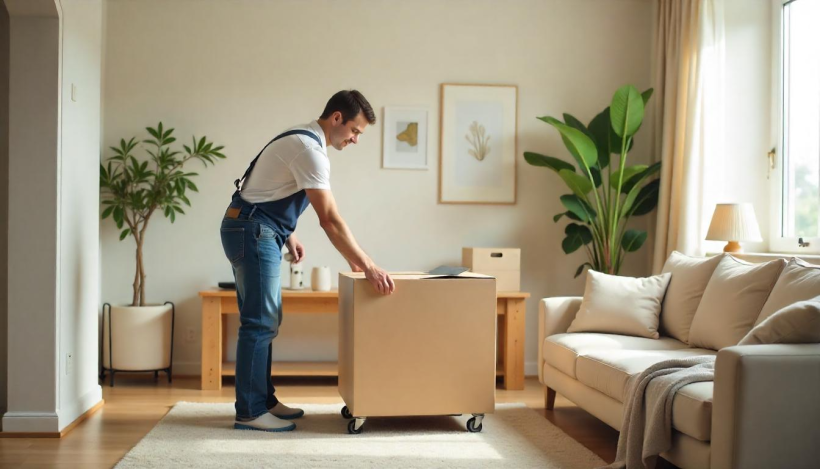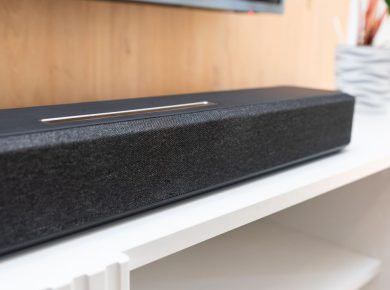Moving can be stressful, especially when it comes to ensuring that your belongings arrive safely at your new home. From fragile items to large furniture, the right preparation and techniques can prevent damage and loss during transport. This guide will provide you with practical tips to protect your valuables, from packing to unloading.
1. Use High-Quality Packing Materials
Investing in durable packing materials is crucial for keeping your belongings safe during a move. Substandard boxes and tape can lead to accidents, increasing the risk of damage.
Essential packing materials include:
- Sturdy, double-walled boxes
- Bubble wrap and packing paper for cushioning
- Strong packing tape
- Furniture pads and moving blankets
- Stretch wrap for large items
Avoid overloading boxes, as this can cause them to break during transport.
2. Pack Fragile Items Carefully
Fragile items, such as glassware, ceramics, and electronics, require extra care when being packed.
Steps for packing fragile items:
- Wrap each item individually with bubble wrap or packing paper.
- Place a layer of cushioning (crumpled paper or padding) at the bottom of the box.
- Fill empty spaces inside the box to prevent movement during transport.
- Label the box with “Fragile” and “This Side Up” to inform movers.
For valuable or irreplaceable items, consider using specialty boxes or crates.
3. Disassemble Large Furniture
Disassembling large or bulky furniture can make it easier to transport and reduce the risk of damage.
Tips for furniture protection:
- Remove detachable parts, such as table legs, shelves, and drawers.
- Use stretch wrap or moving blankets to protect furniture surfaces from scratches.
- Store screws, bolts, and other small hardware in labelled bags.
- Apply corner protectors to safeguard sharp or vulnerable edges.
4. Protect Upholstered Furniture
Upholstered items, such as sofas and mattresses, can be damaged by dirt, moisture, or tears during a move.
How to protect upholstered furniture:
- Use plastic covers or slipcovers for sofas and chairs.
- Place mattresses in protective bags to prevent stains and moisture damage.
- Wrap moving blankets around large pieces to protect them from scratches.
These protective measures will keep your furniture clean and intact throughout the move.
5. Organise and Label Boxes
Labelling your boxes helps movers handle them correctly and ensures a smoother unpacking process.
Tips for organising and labelling:
- Write the contents and destination room on each box (e.g., “Kitchen – Dishes”).
- Use colour-coded labels to differentiate between rooms.
- Mark boxes with fragile items or special instructions clearly.
Keeping an inventory list can also help you track your belongings and identify any missing items.
6. Secure Valuables and Important Documents
Items like jewellery, passports, and electronics should be packed separately and kept with you during the move.
Steps to secure valuables:
- Use a small, secure container for important documents and small valuables.
- Transport these items in your personal vehicle instead of the moving truck.
- Consider using a fireproof, waterproof box for critical documents.
7. Avoid Overpacking Boxes
Overpacking can lead to box breakage and make it difficult for movers to handle your belongings safely.
Tips to prevent overpacking:
- Use smaller boxes for heavy items like books and tools.
- Distribute weight evenly across multiple boxes.
- Limit the weight of each box to around 20-30 kg.
Properly packed boxes are easier to transport and less likely to cause injuries or damage.
8. Communicate with Your Movers
Effective communication with your moving company can prevent misunderstandings and ensure your belongings are handled with care.
Information to share with movers:
- Any fragile or high-value items that require special attention
- Specific instructions for large or heavy furniture
- Building access restrictions, such as service elevator bookings or parking permits
Clear communication will help movers plan the process and minimise potential issues.
9. Get Moving Insurance
Even with the best precautions, accidents can happen. Moving insurance provides financial protection if your belongings are damaged or lost during the move.
Types of moving insurance:
- Basic Coverage: Often included by moving companies, this covers a minimal amount per kilogram of goods.
- Full-Value Protection: Covers the full repair or replacement cost of damaged items.
- Third-Party Insurance: Additional coverage from an independent insurer for high-value belongings.
Discuss insurance options with your movers to choose the best coverage for your needs.
10. Load and Unload the Truck Safely
Proper loading and unloading techniques are essential to preventing damage during the move.
Loading tips:
- Place heavy boxes and furniture at the bottom of the truck.
- Secure large items with straps or bungee cords to prevent shifting.
- Fill empty spaces with soft items, such as blankets or pillows, to cushion fragile items.
- Keep boxes with fragile items upright and easily accessible.
Careful unloading can also prevent accidents and damage to your belongings.
11. Inspect Your Belongings Upon Arrival
Once you arrive at your new home, inspect your items to ensure they weren’t damaged during the move.
Steps for inspection:
- Check boxes and furniture for visible damage.
- Open boxes containing fragile or high-value items first.
- Report any damage to the moving company immediately.
Taking photos of your items before the move can help with insurance claims if necessary.
Frequently Asked Questions (FAQs)
Q: How can I protect fragile items during a move?
A: Wrap each item in bubble wrap, add cushioning at the bottom of the box, and fill empty spaces to prevent movement. Label the box as “Fragile” and “This Side Up.”
Q: Should I get moving insurance?
A: Yes, moving insurance provides financial protection for your belongings in case of damage or loss. Review your coverage options with your moving company.
Q: How can I reduce the risk of damage to large furniture?
A: Disassemble large furniture when possible, wrap it in protective materials, and secure corners with protectors. Use moving blankets and straps to prevent shifting during transport.
Final Thoughts
How to protect your belongings during a move requires careful planning, high-quality packing materials, and good communication with your movers. By following these tips, you can minimise the risk of damage and ensure your items arrive safely at your new home. Whether you’re moving across town or across the country, taking the right precautions will make your relocation experience smoother and less stressful.
Start preparing for your move today and enjoy peace of mind knowing your belongings are well-protected!










